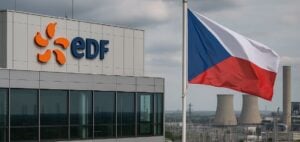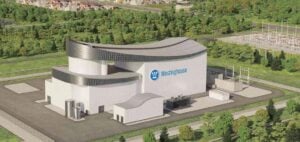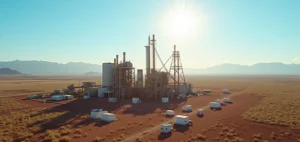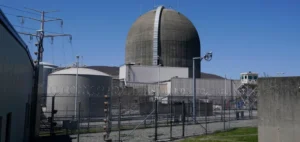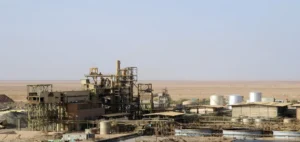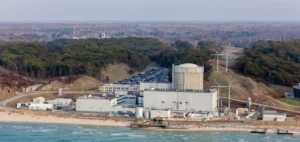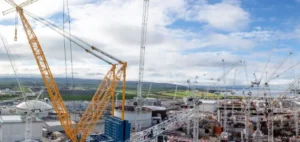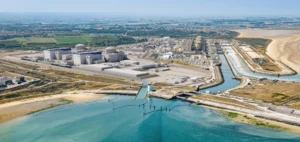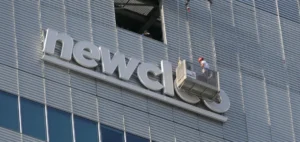The U.S. Nuclear Regulatory Commission (NRC) authorizes Framatome to transport nuclear fuel assemblies enriched to 8% U-235.
This decision allows the use of Framatome’s TN-B1 transport container for boiling water reactors.
The aim is to offer plant operators a more enriched fuel option, bringing efficiency gains and greater flexibility in the management of production cycles.
This authorization marks a key step in the expansion of enrichment capacities for light water reactors.
By increasing fuel enrichment beyond the standard 5%, Framatome aims to optimize the use of nuclear fuel.
This enables operators to extend reactor operating cycles, reducing the operating costs associated with frequent fuel replacement.
The NRC’ s approval is a strong signal to the industry, indicating an opening to more efficient fuel management options.
Adapting facilities and strict regulations
Framatome’s Richland, Washington plant is at the center of the adjustments needed to process this high-enriched fuel.
The site has already secured a 40-year license extension, guaranteeing its ability to manufacture enriched fuel until 2049.
This license extension includes regulatory adjustments and the purchase of new equipment to support the processing of materials with a higher U-235 content.
The NRC imposes rigorous safety standards for every stage, from transport to manufacturing, to ensure that safety margins remain intact despite the introduction of more enriched fuels.
The US agency recently validated the use of specific sets of codes and methods developed by Framatome, adapted to the new enrichment levels.
These validations are crucial in demonstrating that plant safety margins are maintained when handling high-enriched fuels.
Implications for reactor operators in the United States
For nuclear power plant operators, this breakthrough means optimized energy production.
Higher-enriched fuels offer the possibility of longer production cycles, fewer maintenance interventions linked to fuel replacement, and more efficient reactor cores.
These elements contribute to lower operating costs and better management of nuclear assets.
However, as fuel enrichment increases, regulatory and logistical issues become more complex.
Operators must ensure that all transport, storage and utilization operations comply with the safety protocols defined by the NRC.
The ability to integrate these more enriched fuels into the existing fleet will depend on continued collaboration between operators and regulators to maintain the highest level of safety.
Process modernization and market outlook
The NRC’s authorization for the transport of 8% enriched fuel is one of many measures that illustrate the evolution of nuclear fuel management.
By strengthening its manufacturing and transportation capabilities, Framatome is positioning itself to meet the demands of light-water reactor operators seeking more flexible and efficient energy solutions.
Improvements to our production facilities, particularly at Richland, are essential to accommodate these new generations of fuel.
These developments also reflect the current dynamics of the nuclear market, where strategies for optimizing fuel use are becoming a central issue.
Technological and regulatory advances in this field are opening up new opportunities for the sector, particularly in the United States, where demand for more efficient solutions continues to grow.







